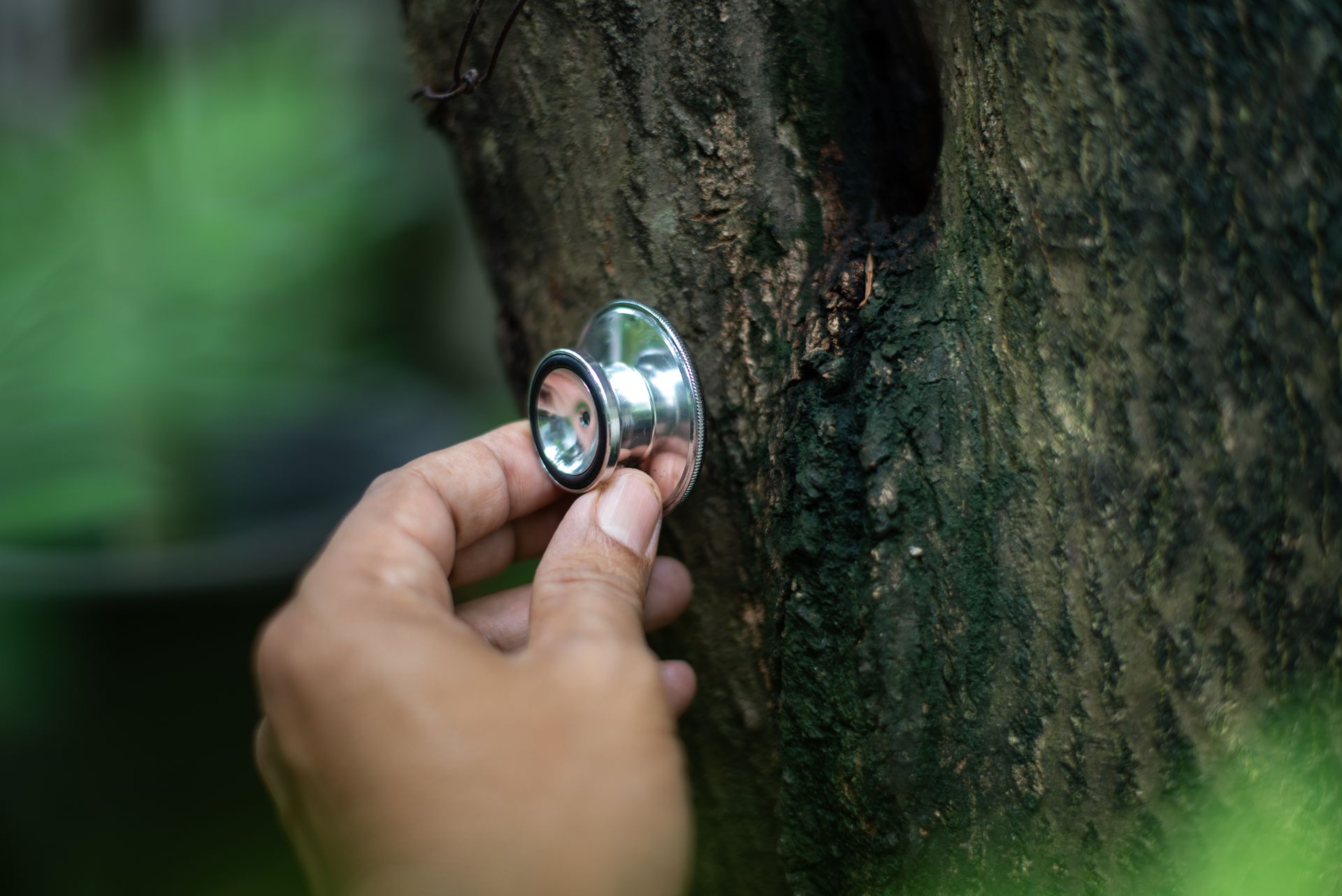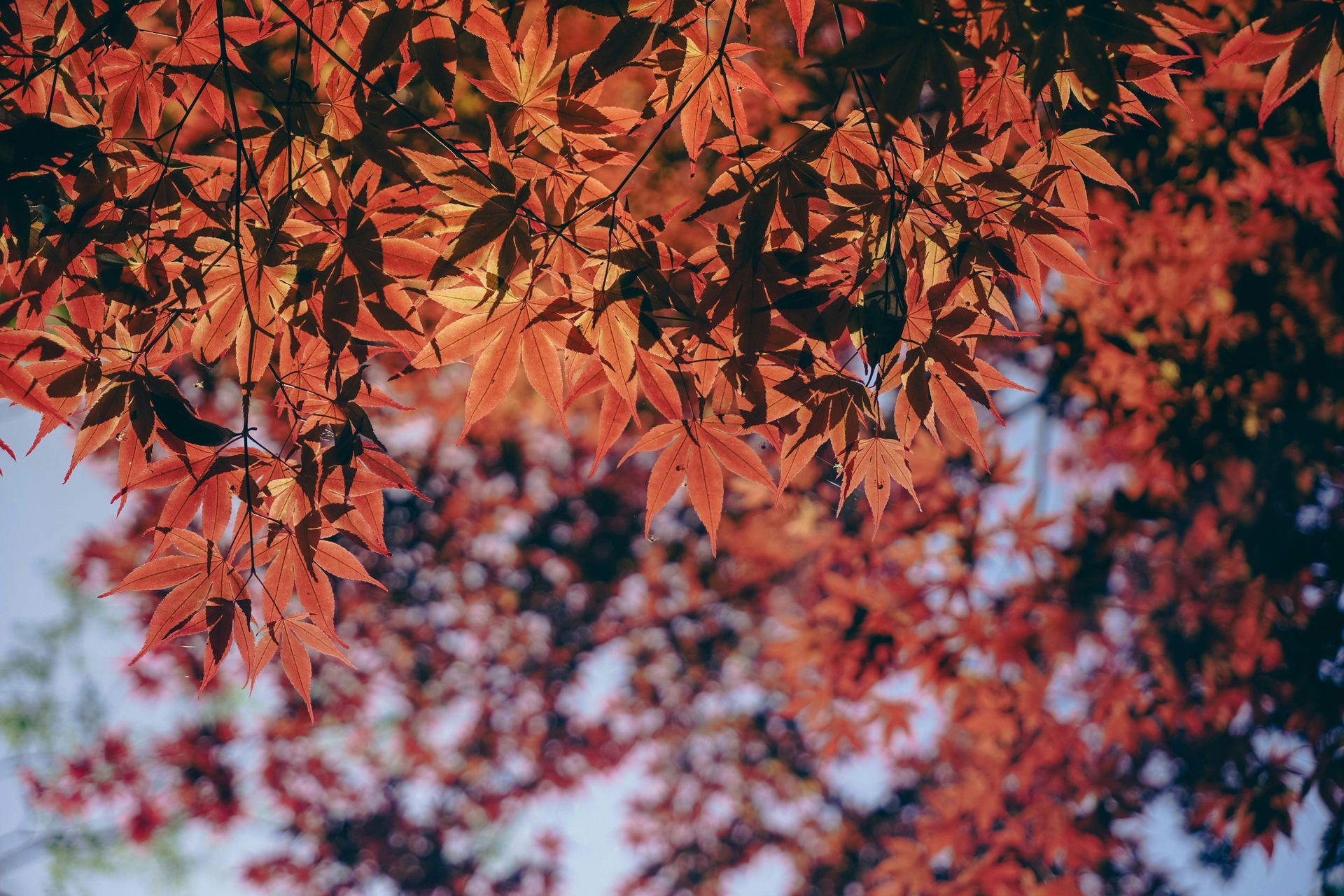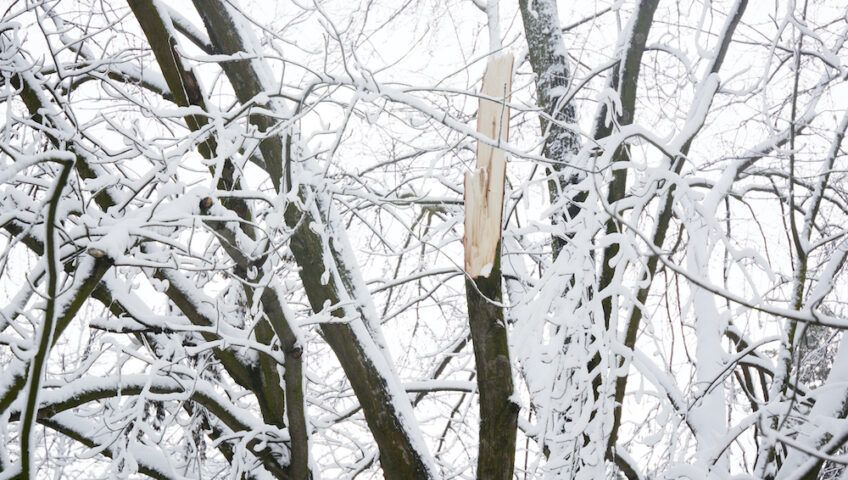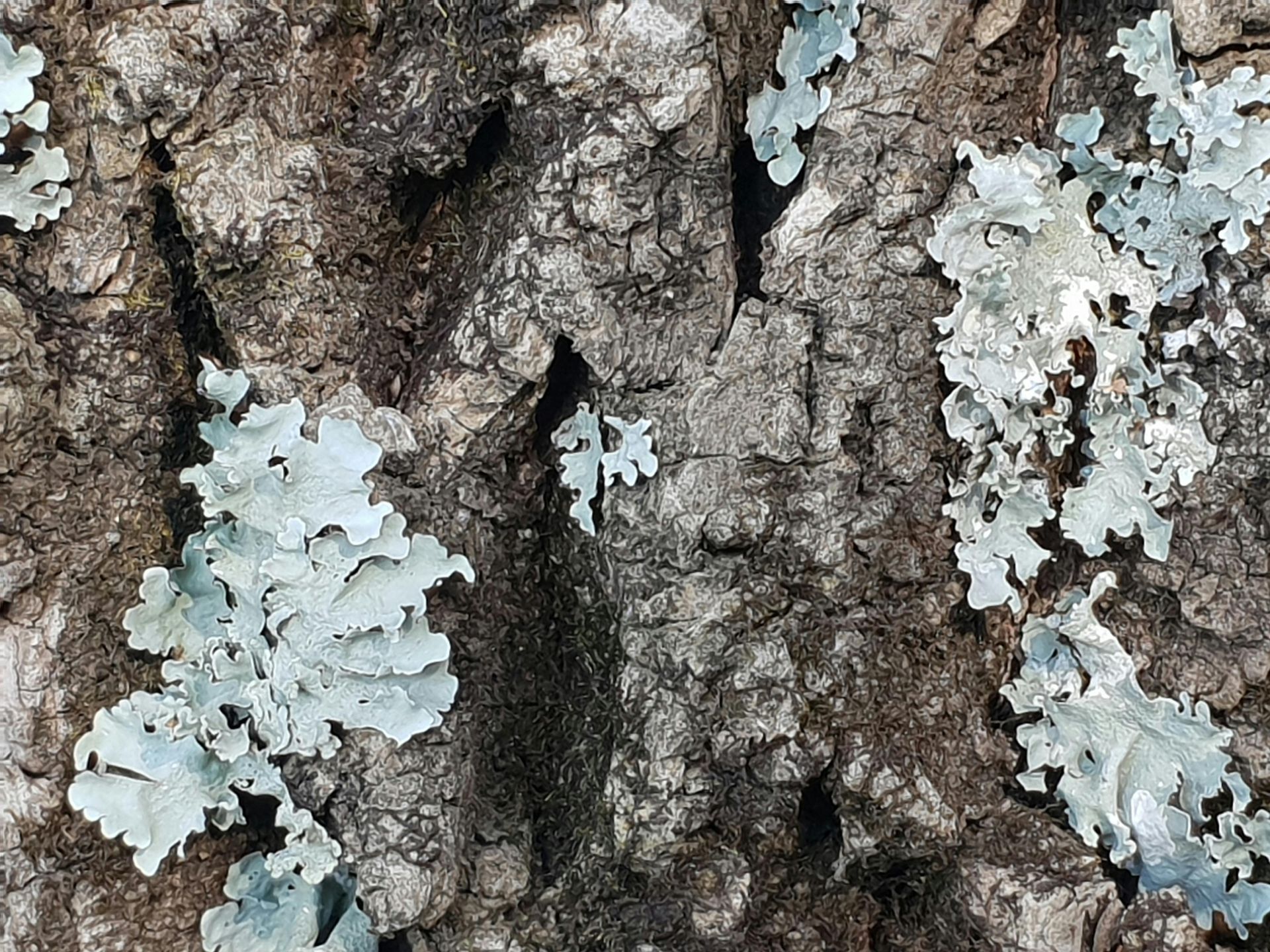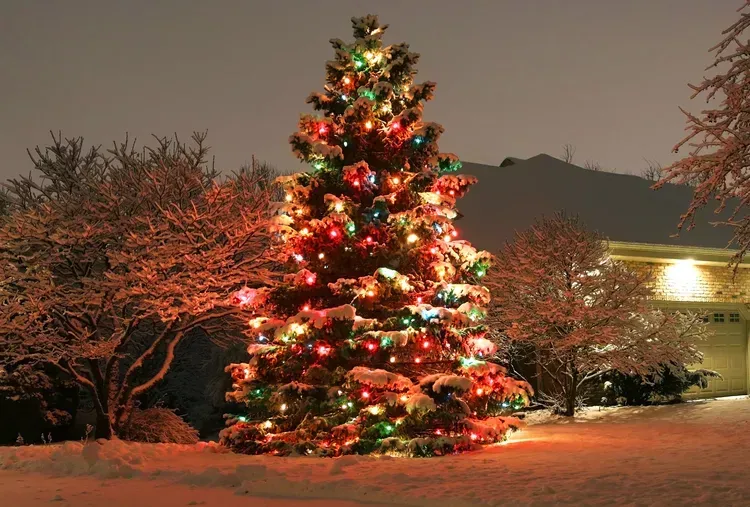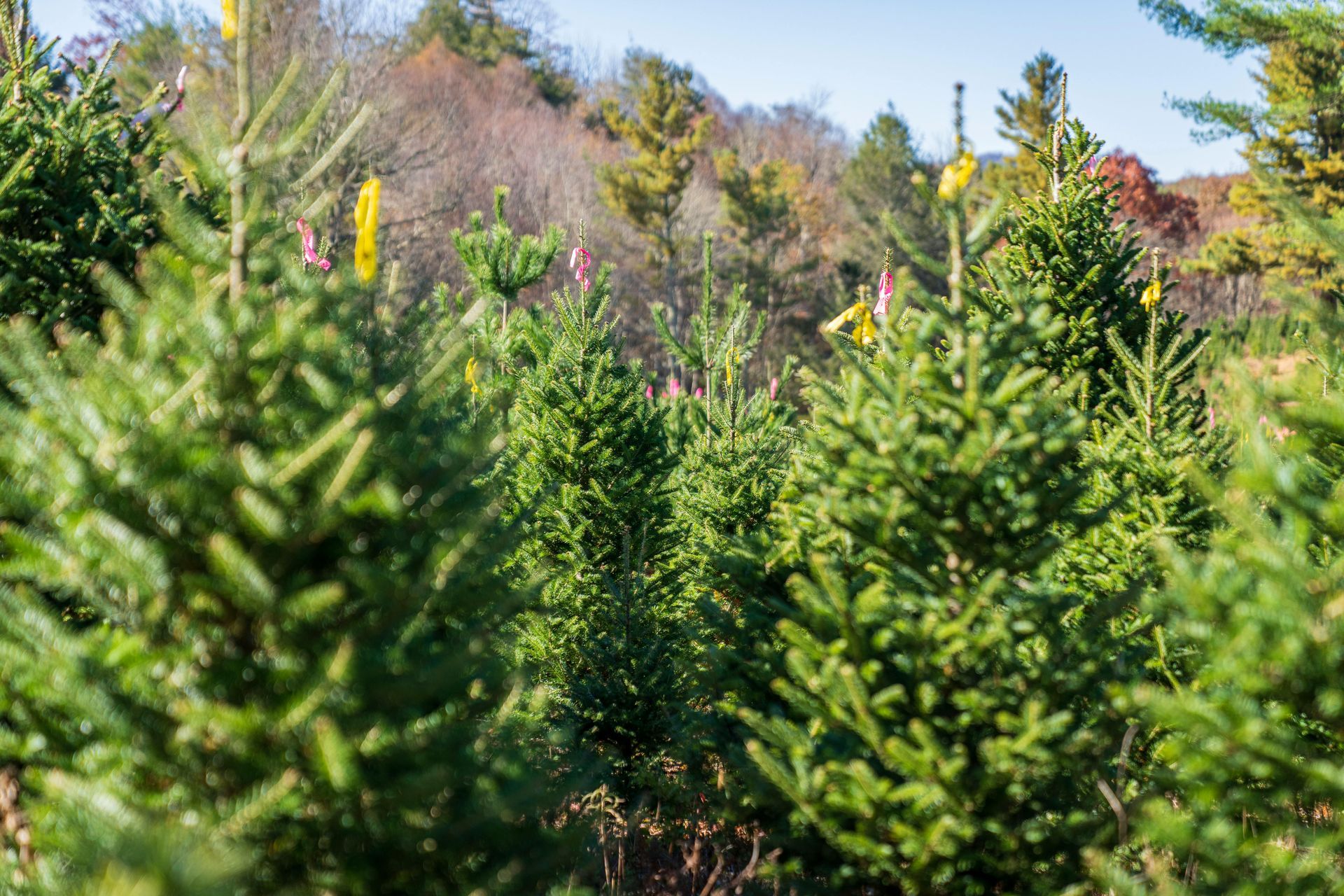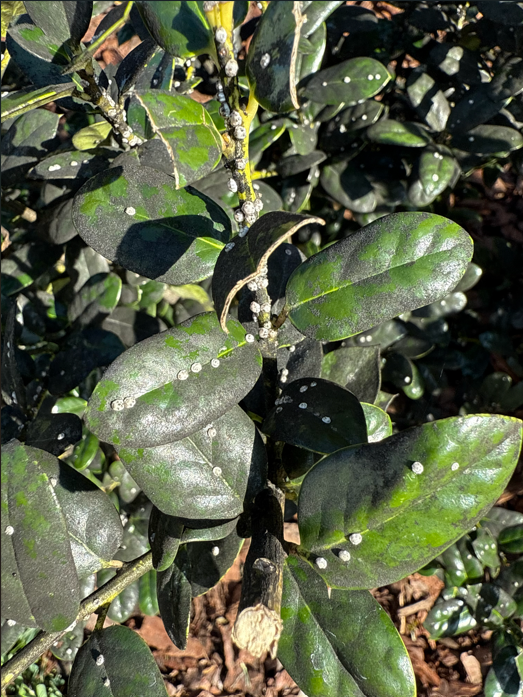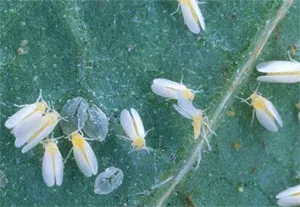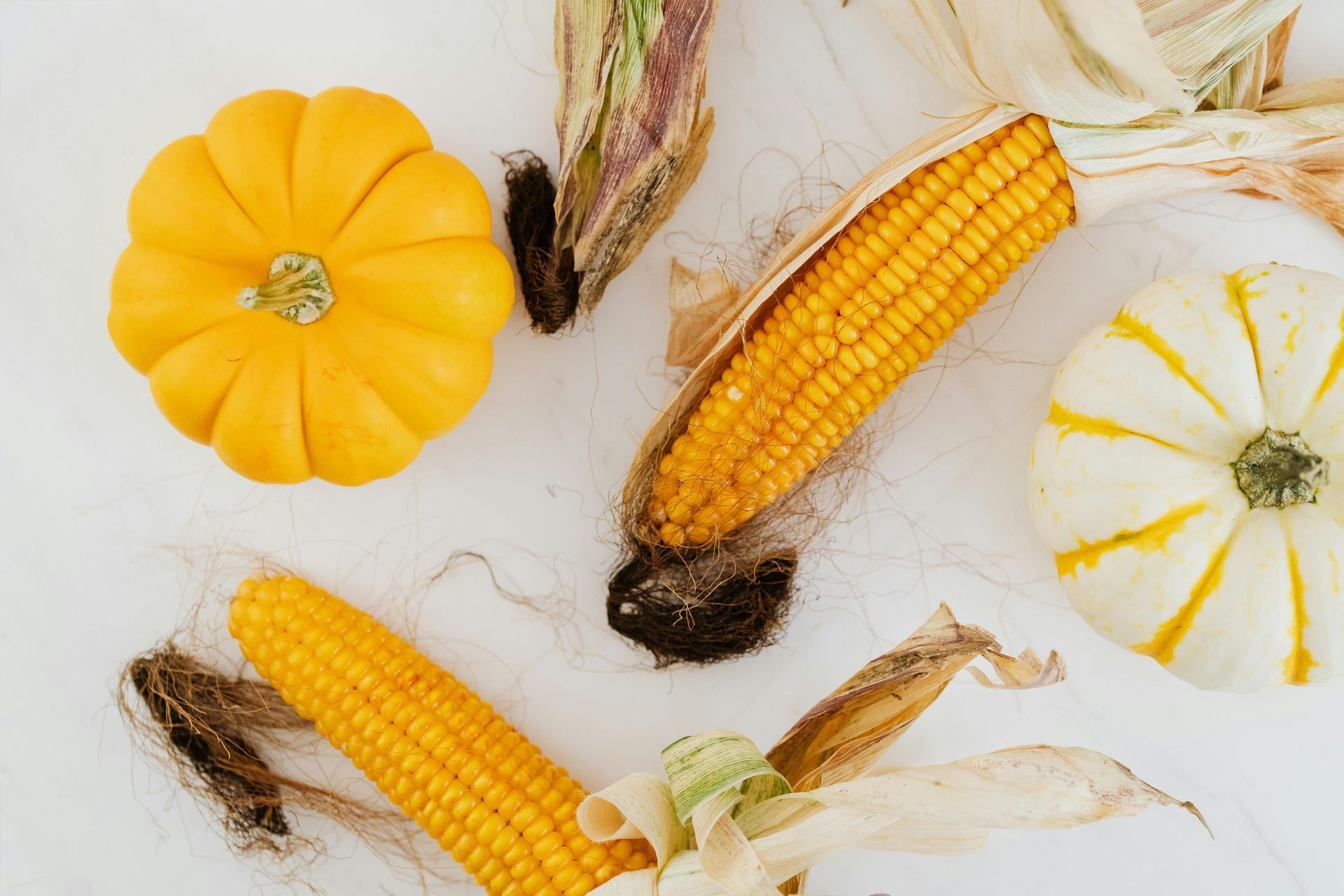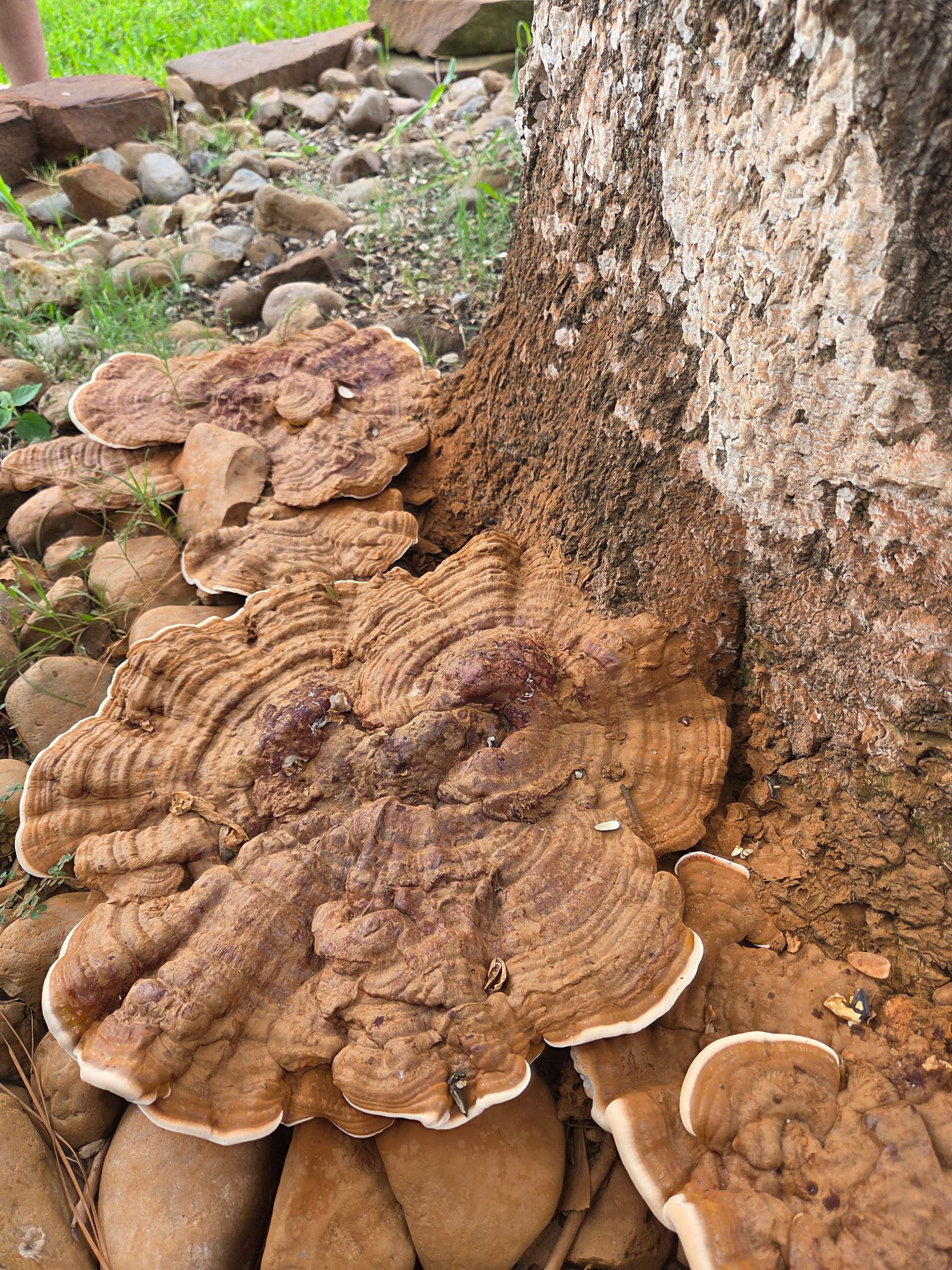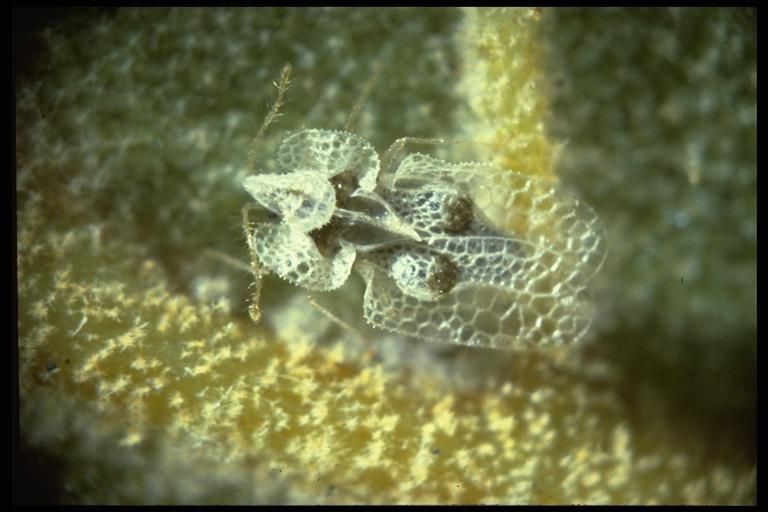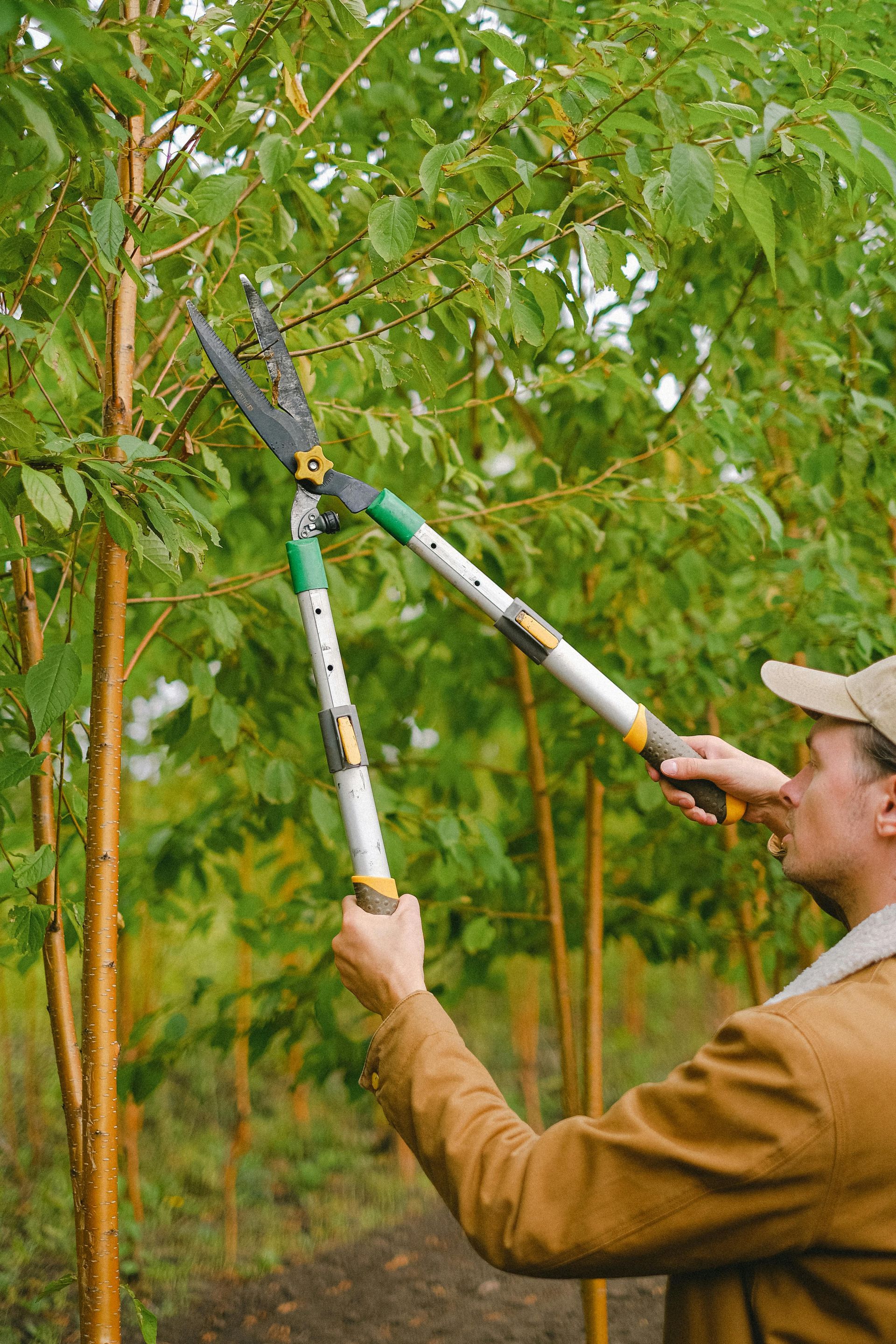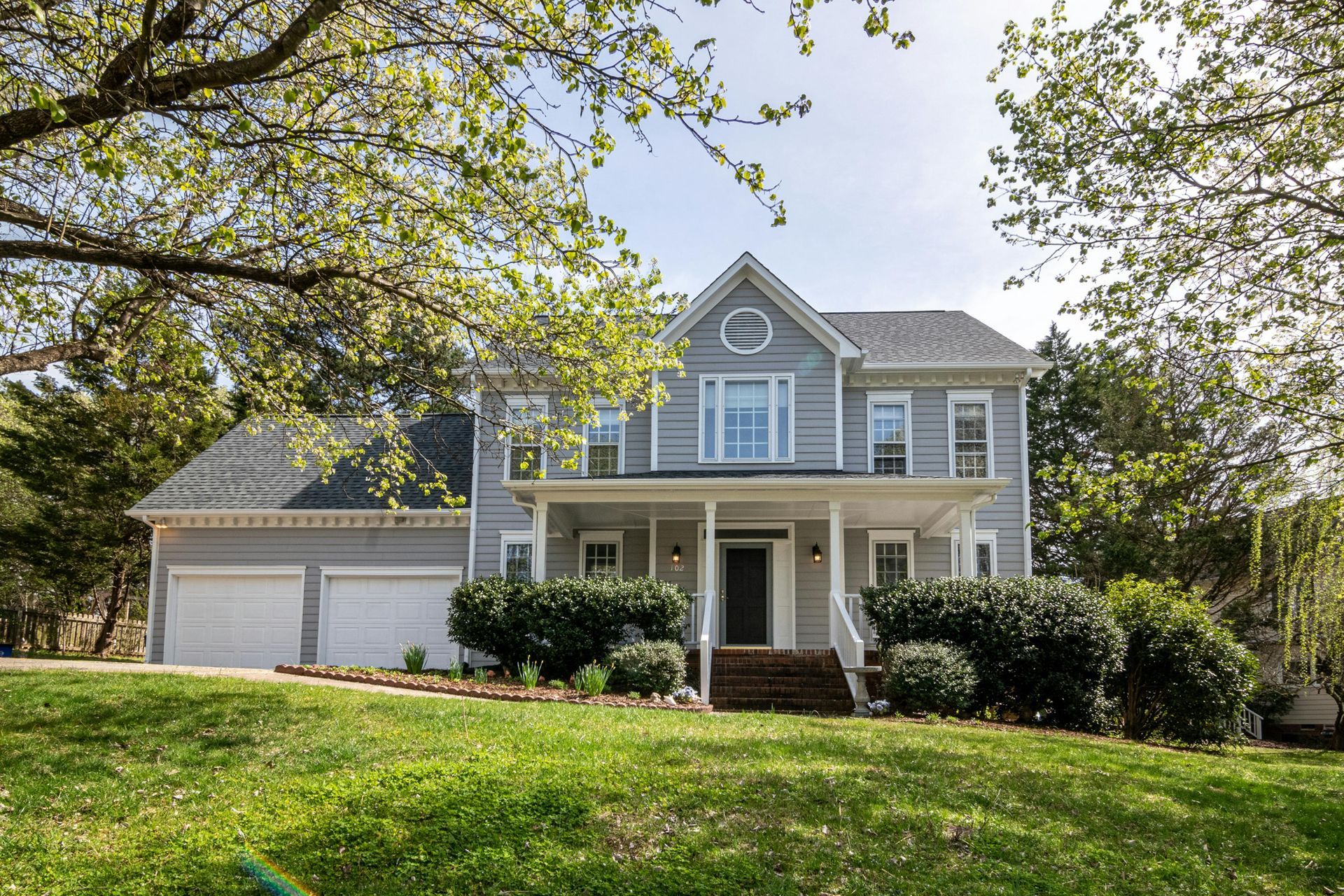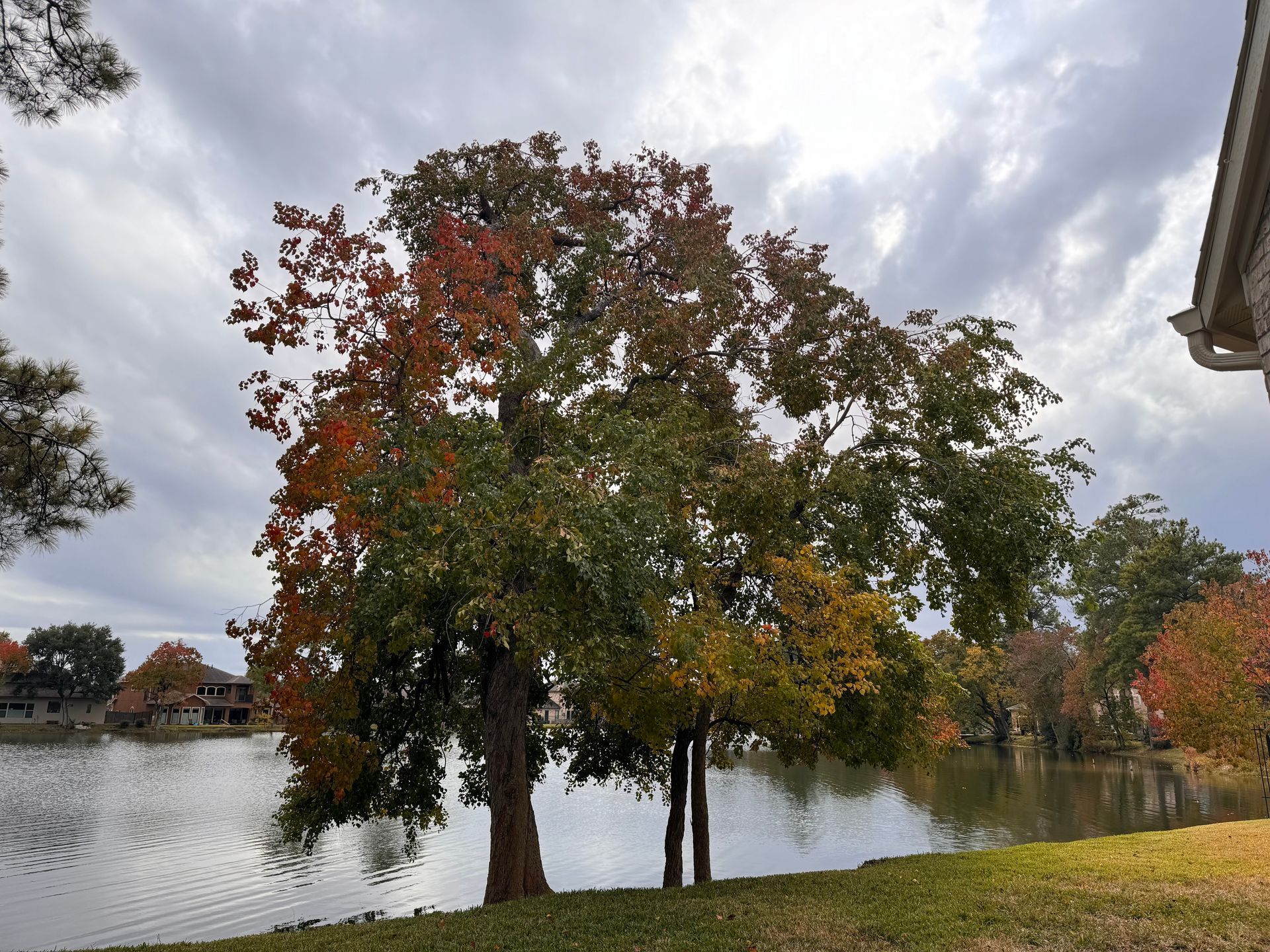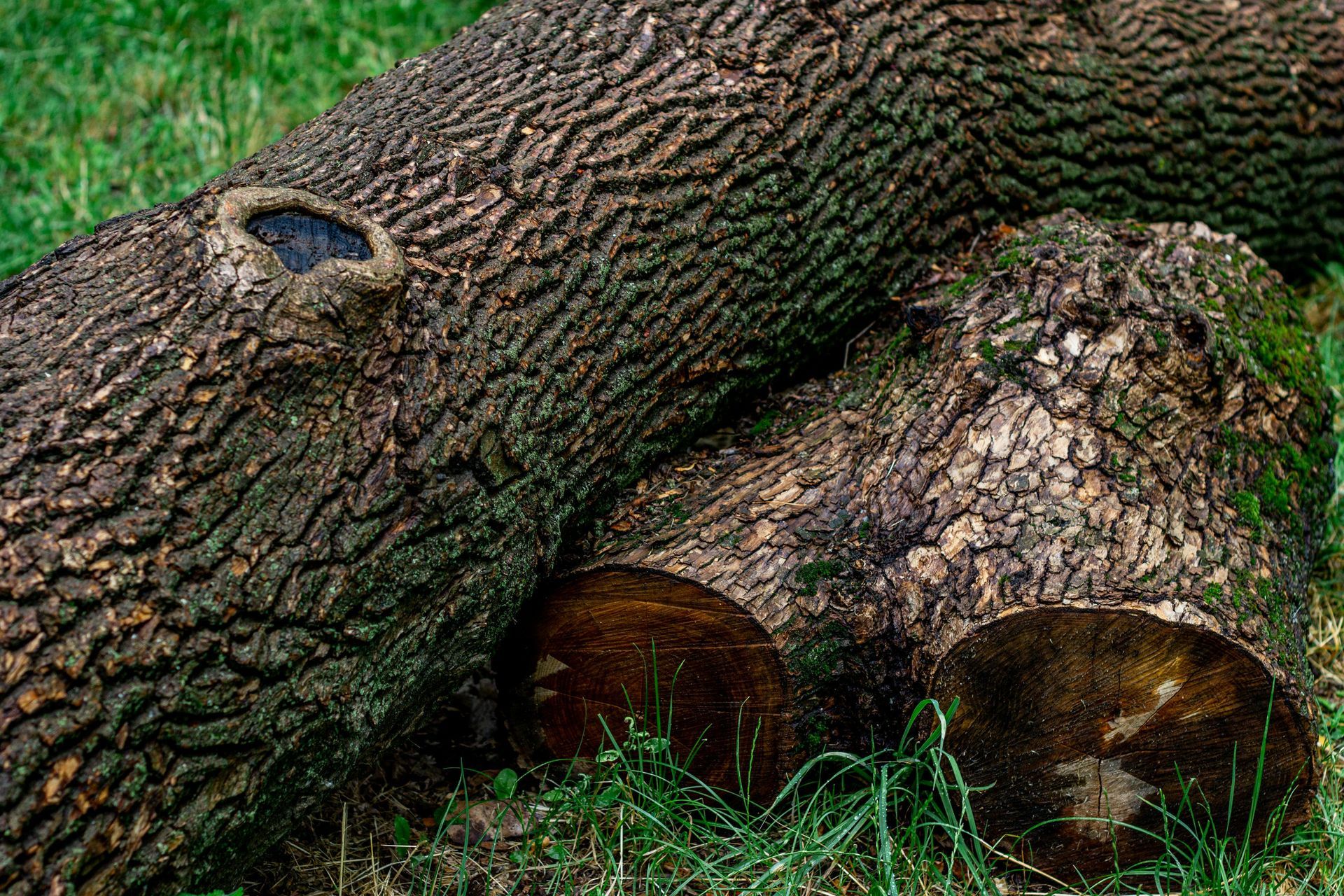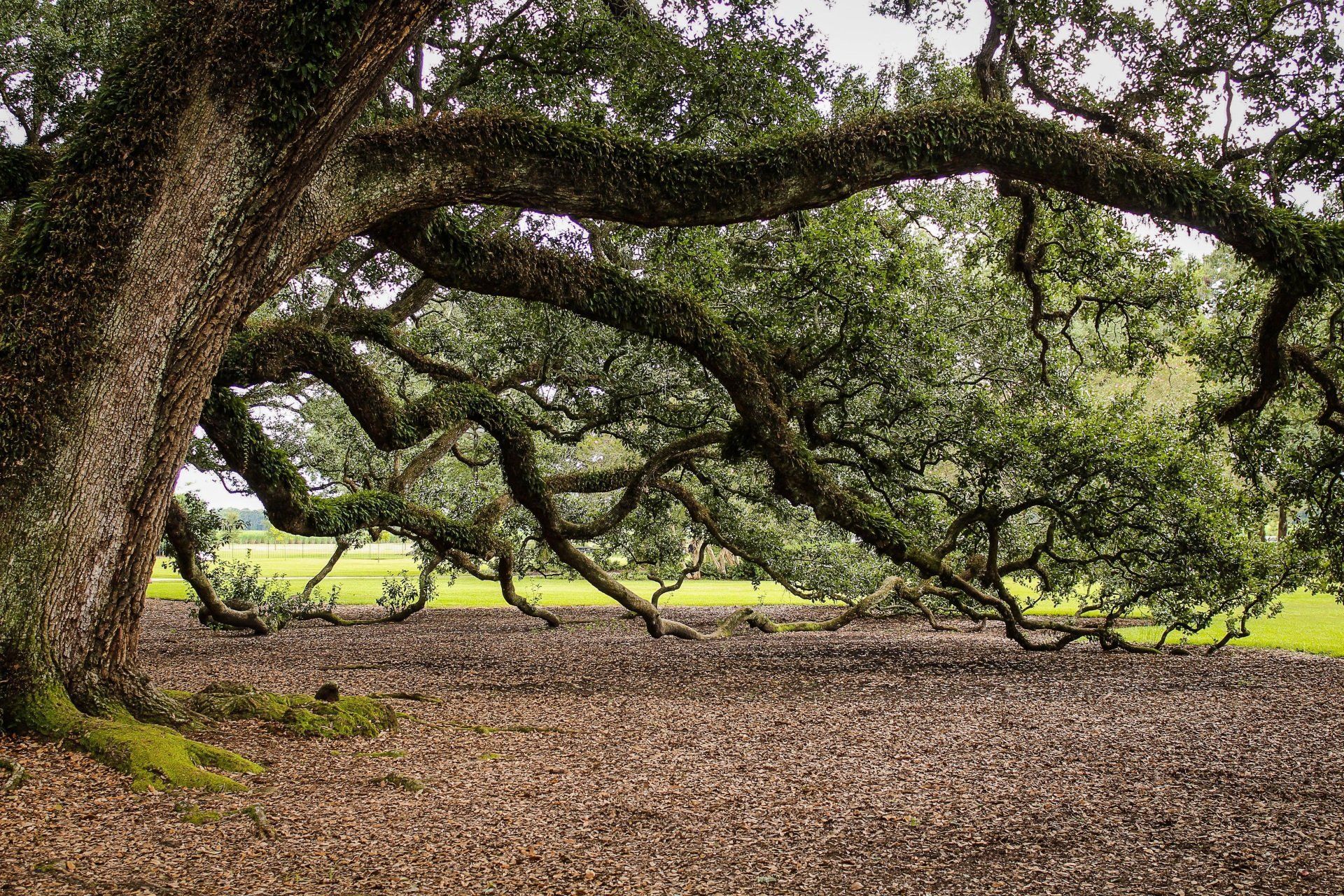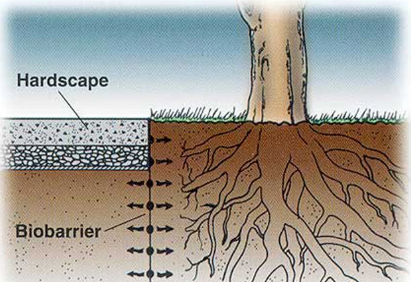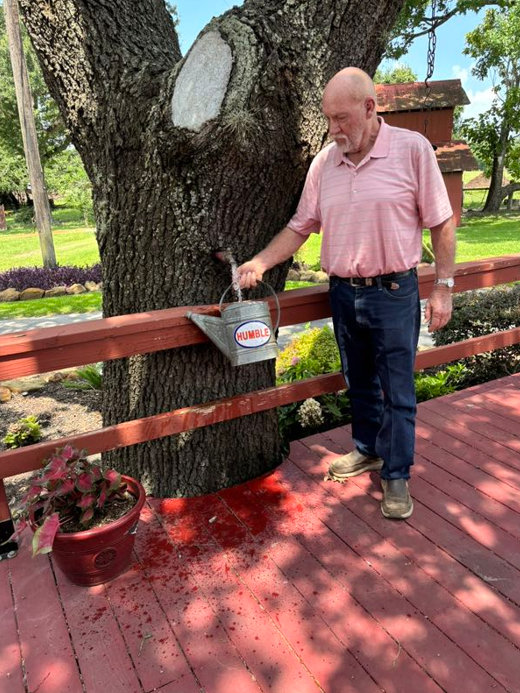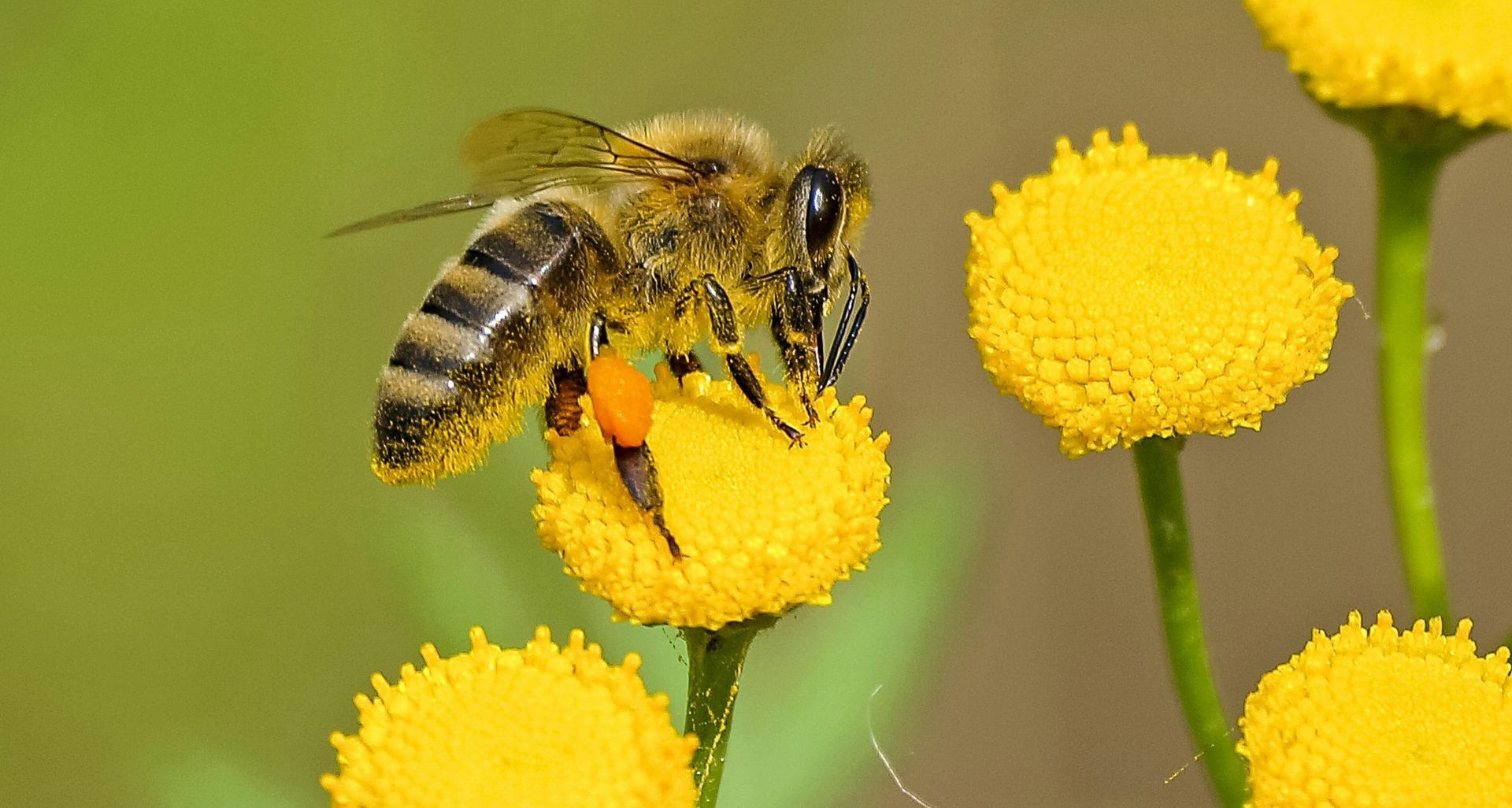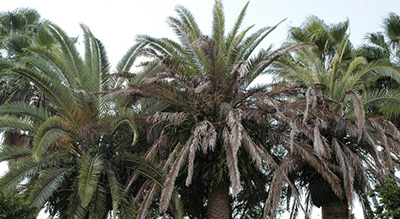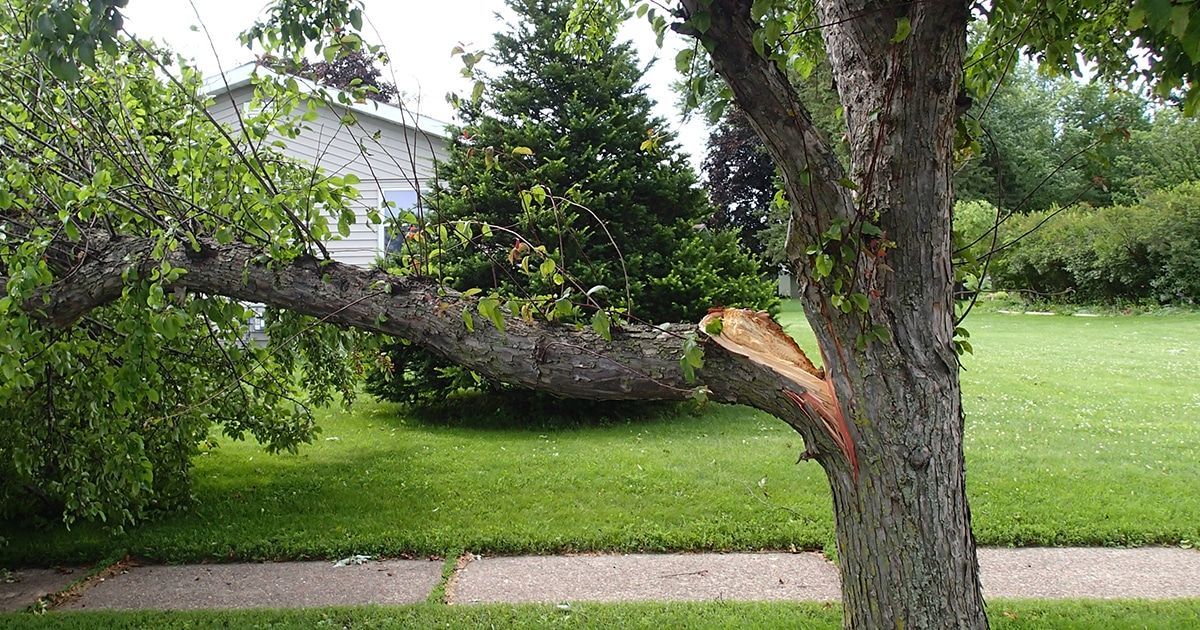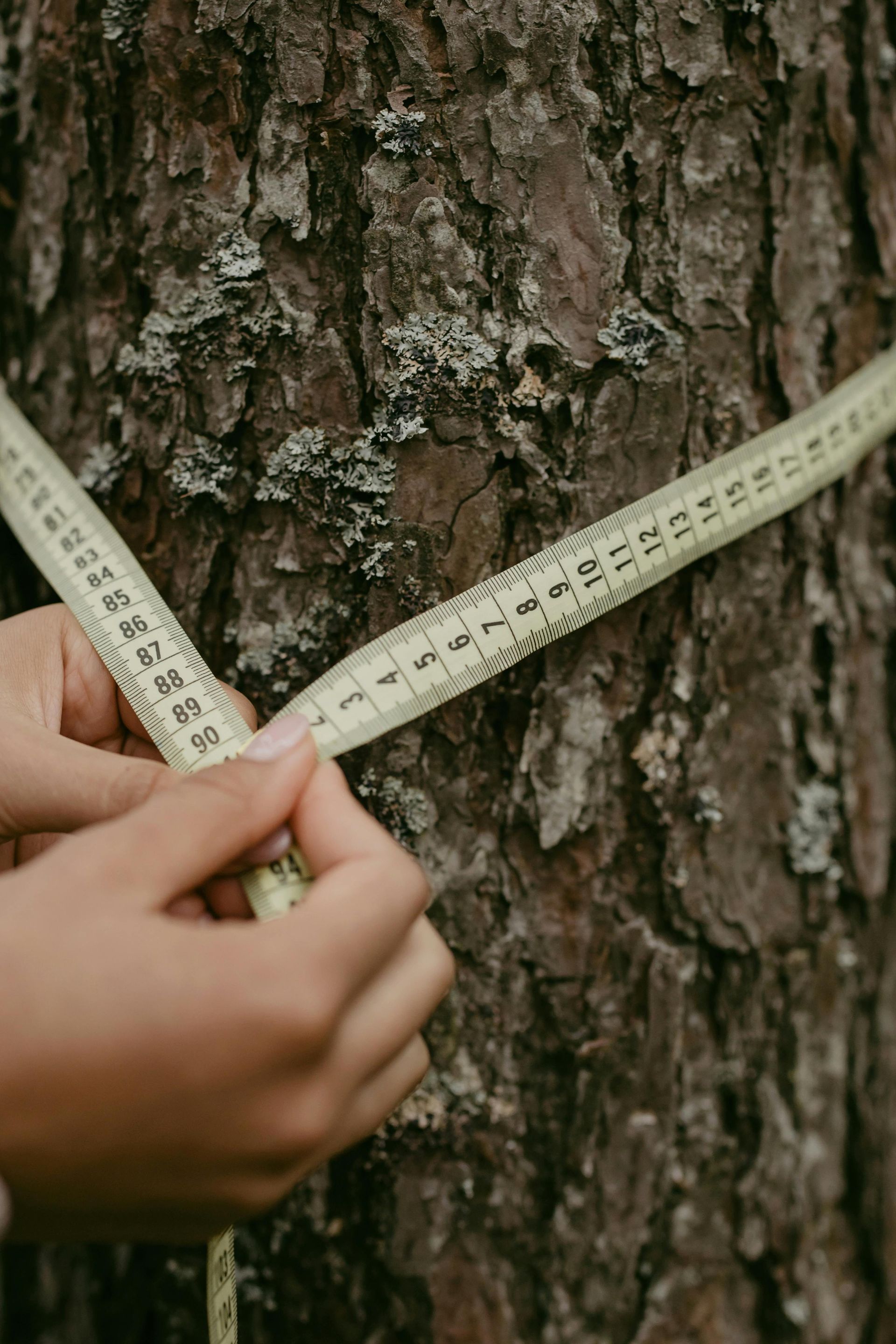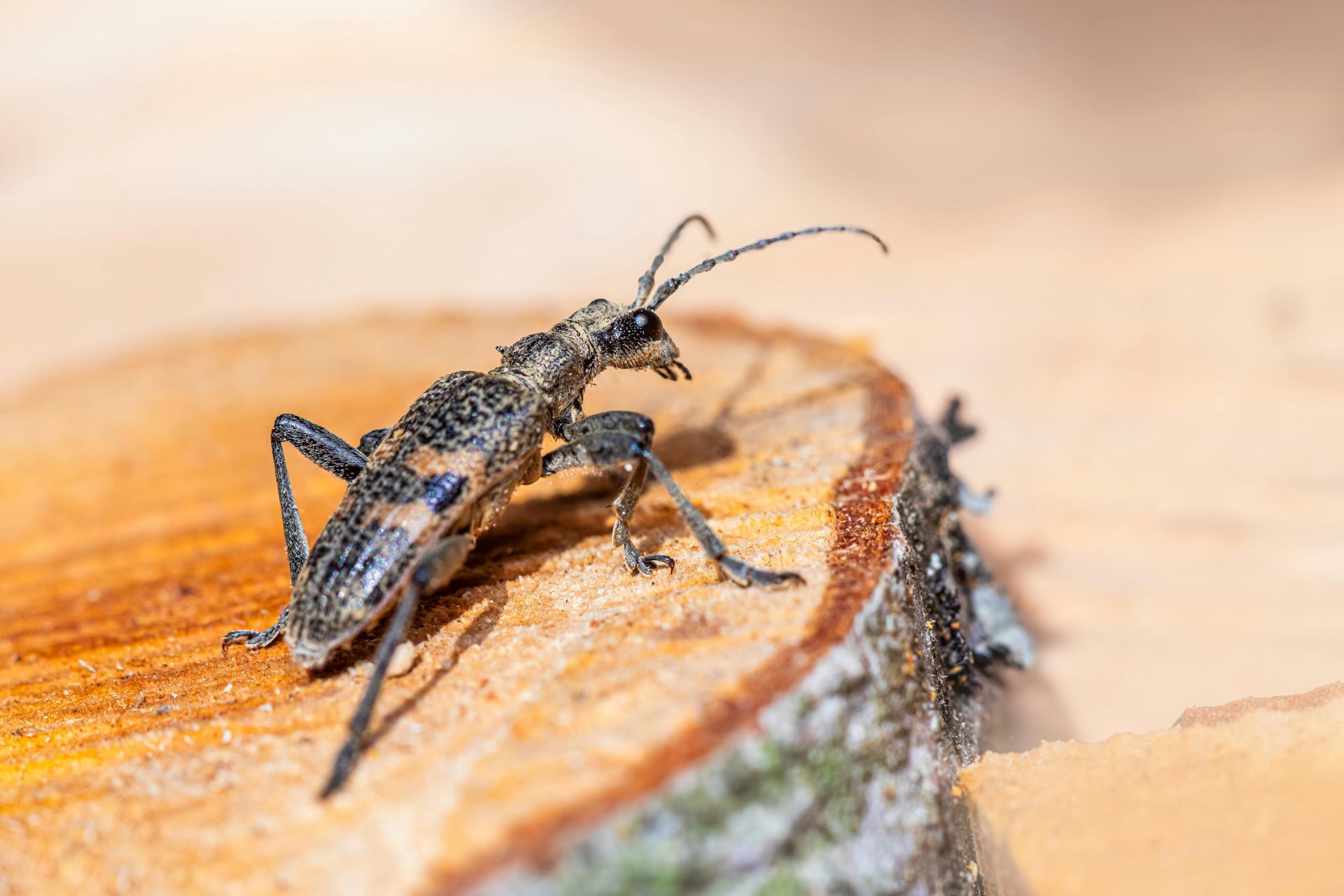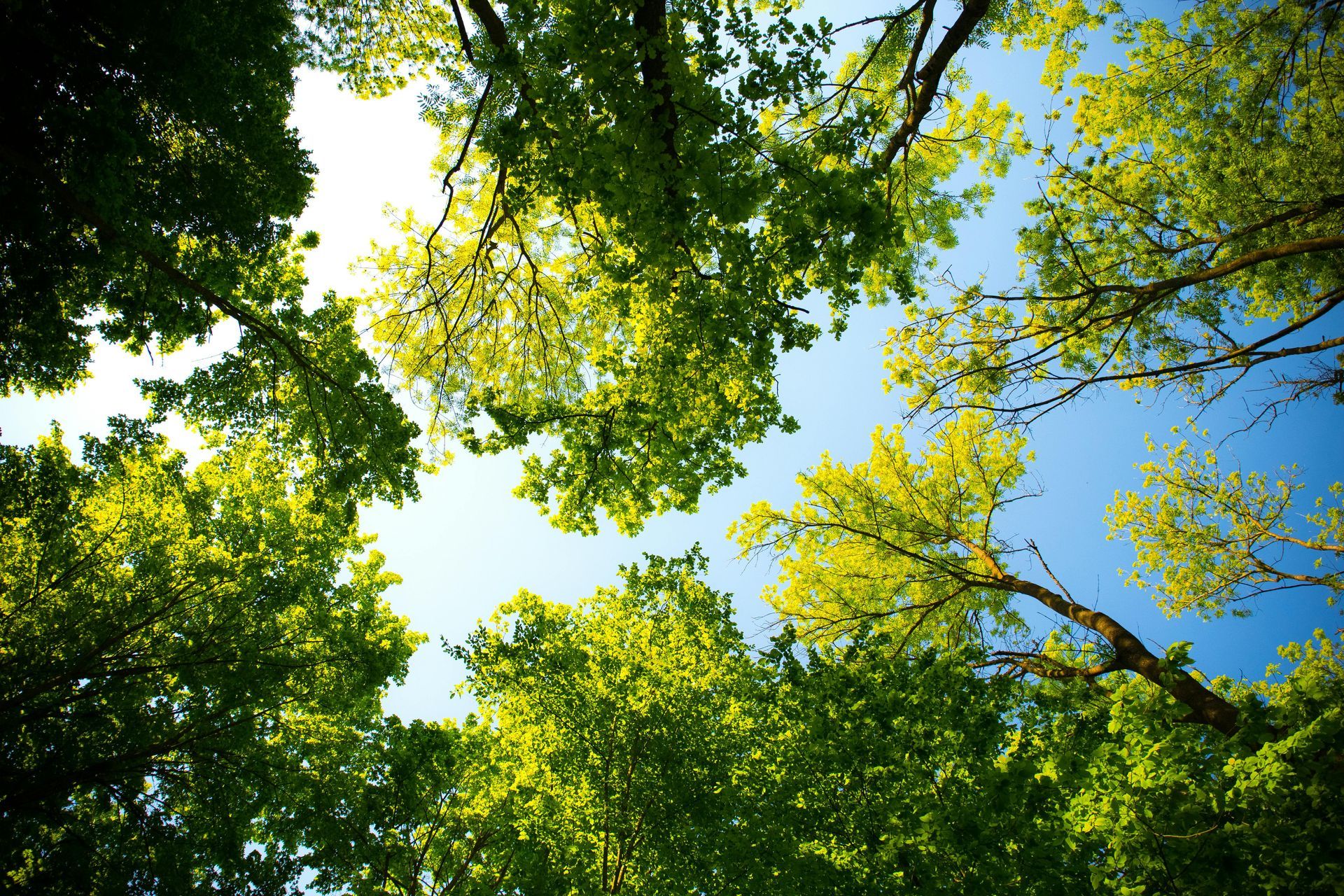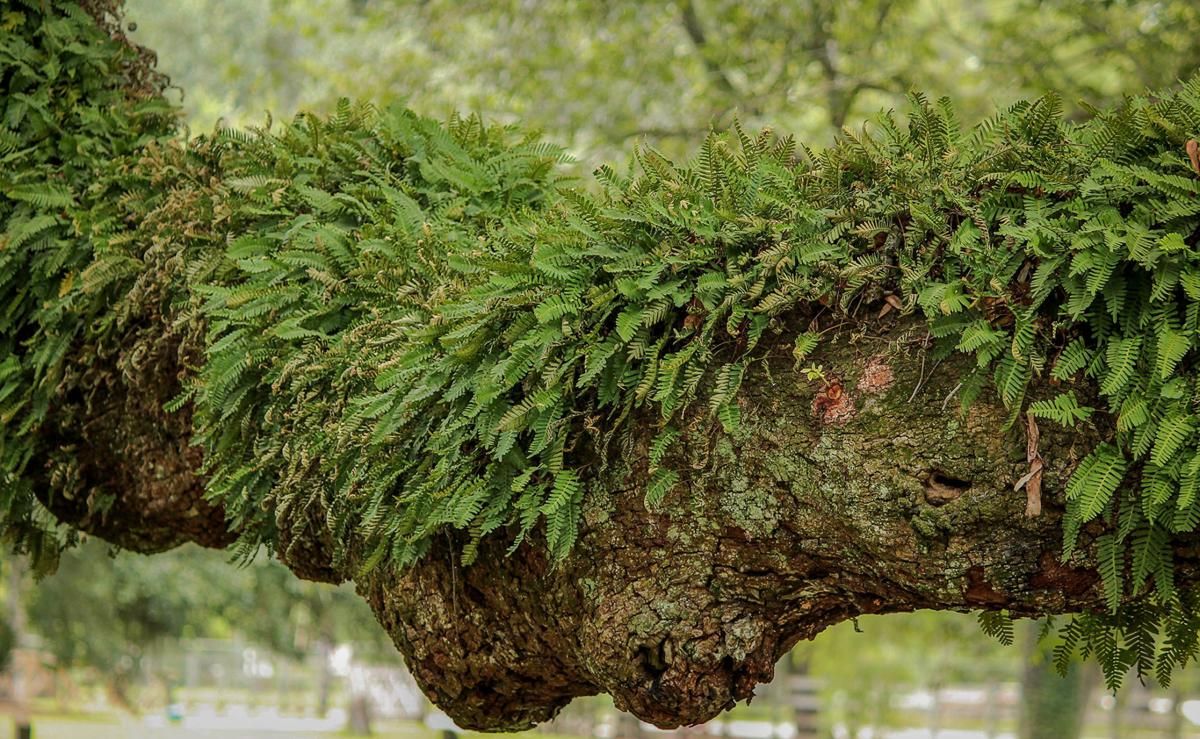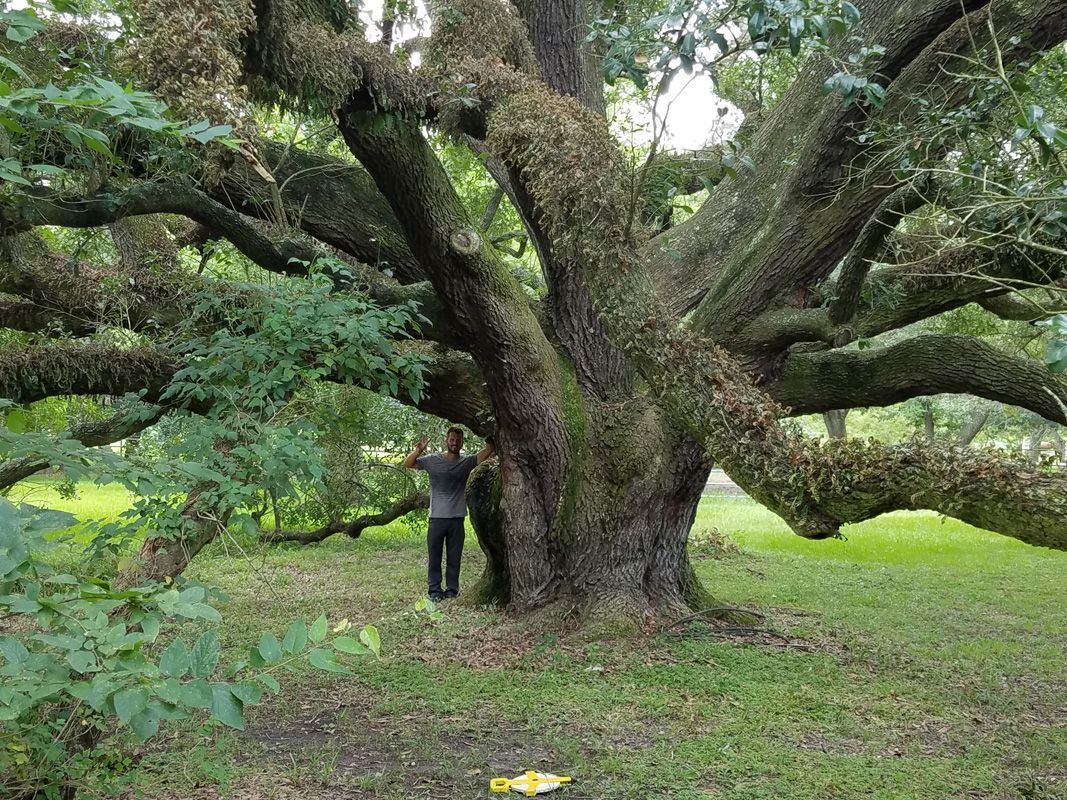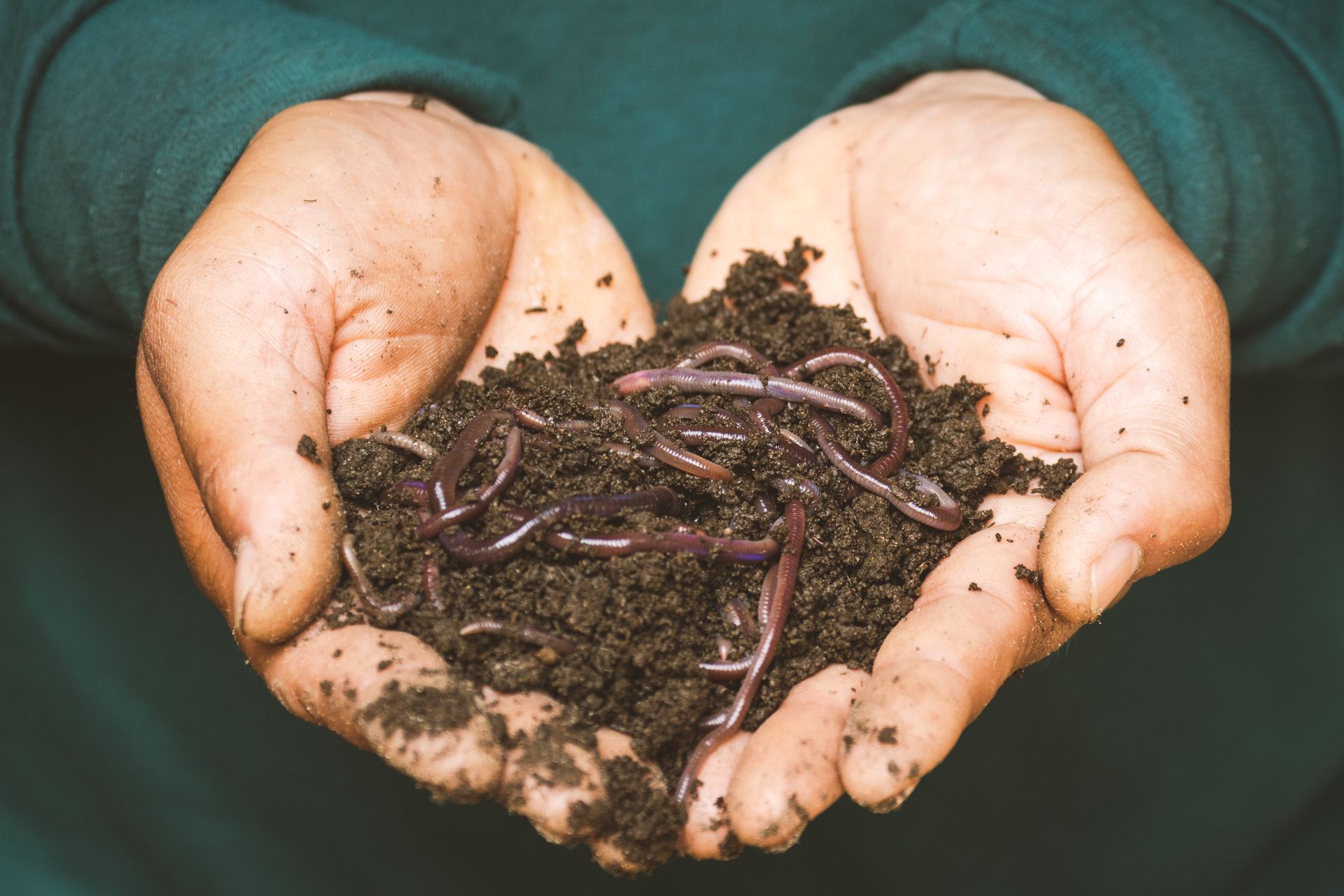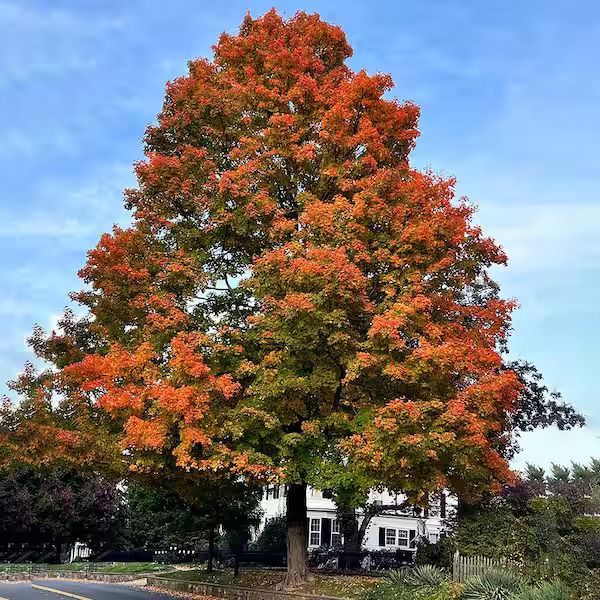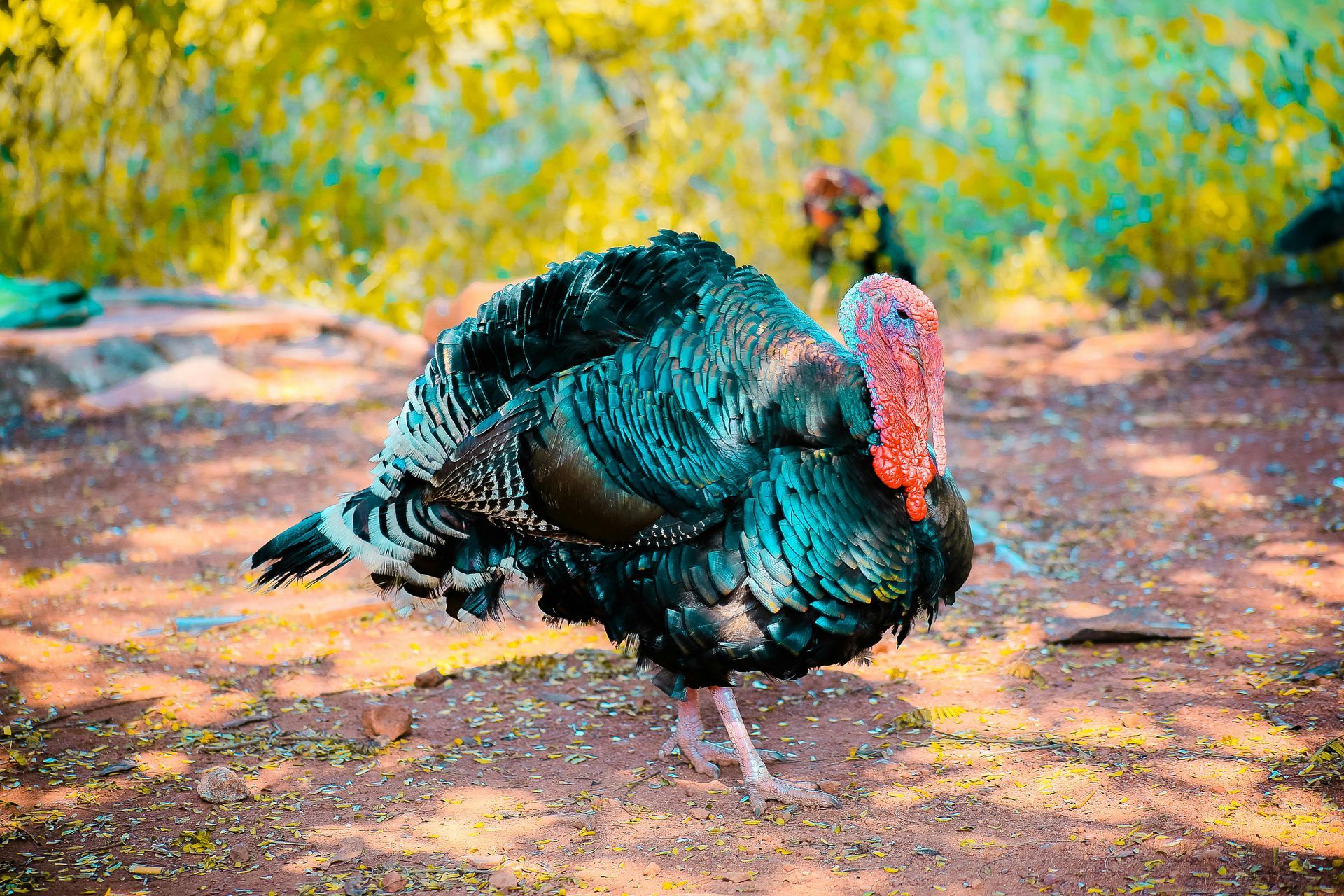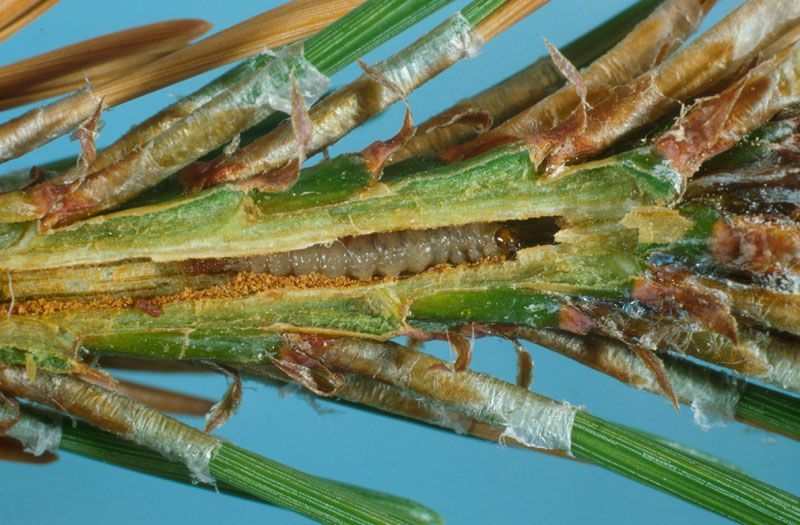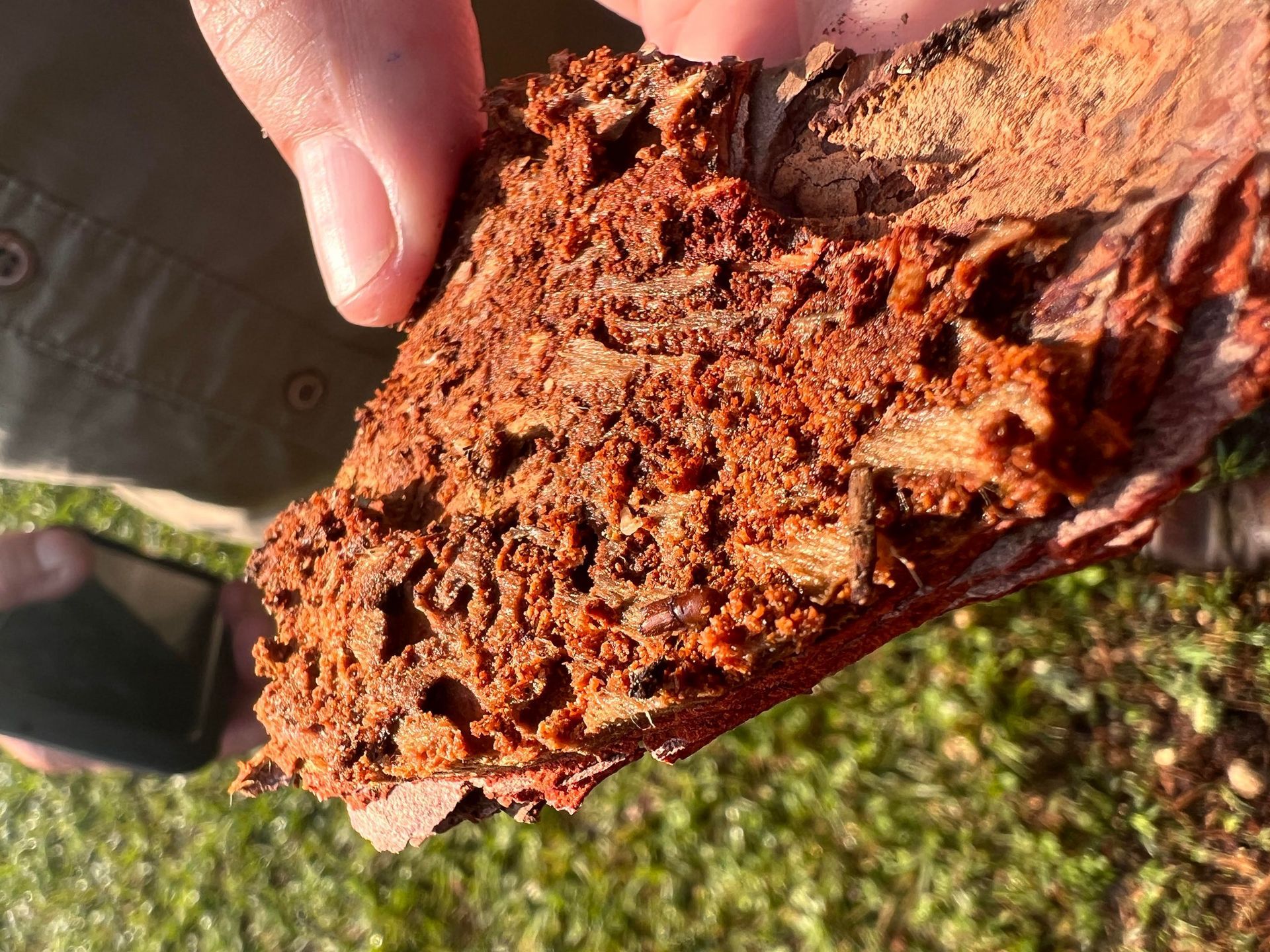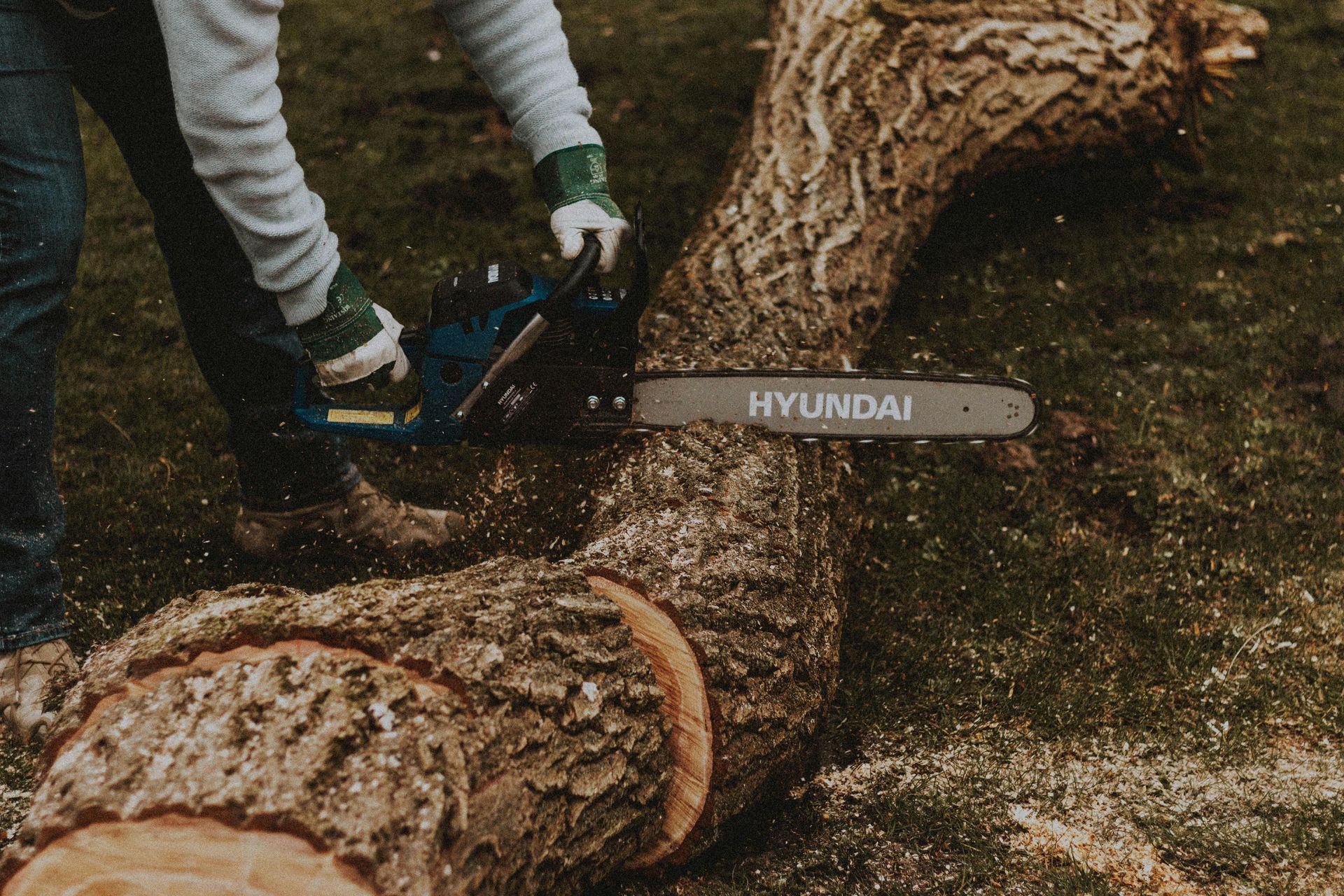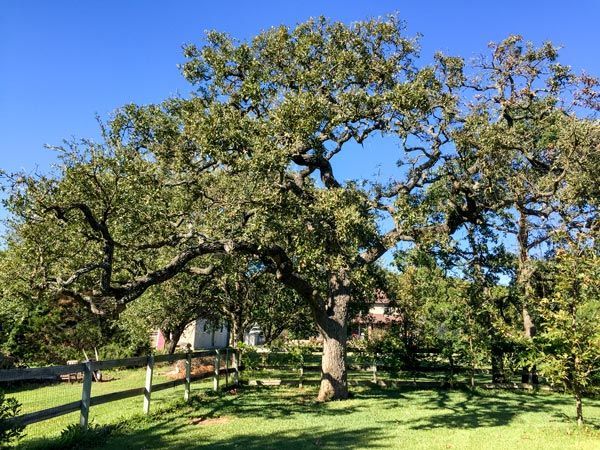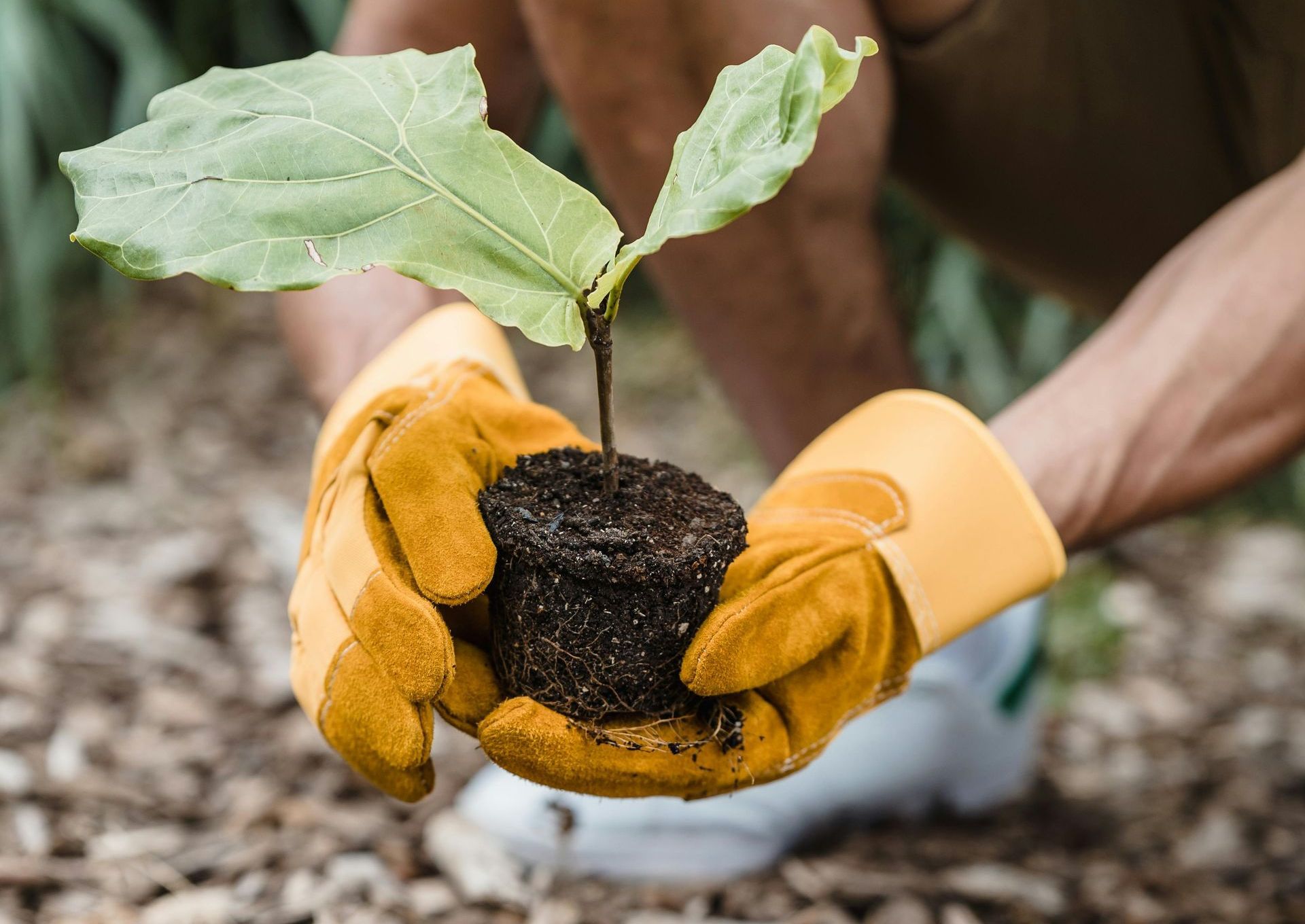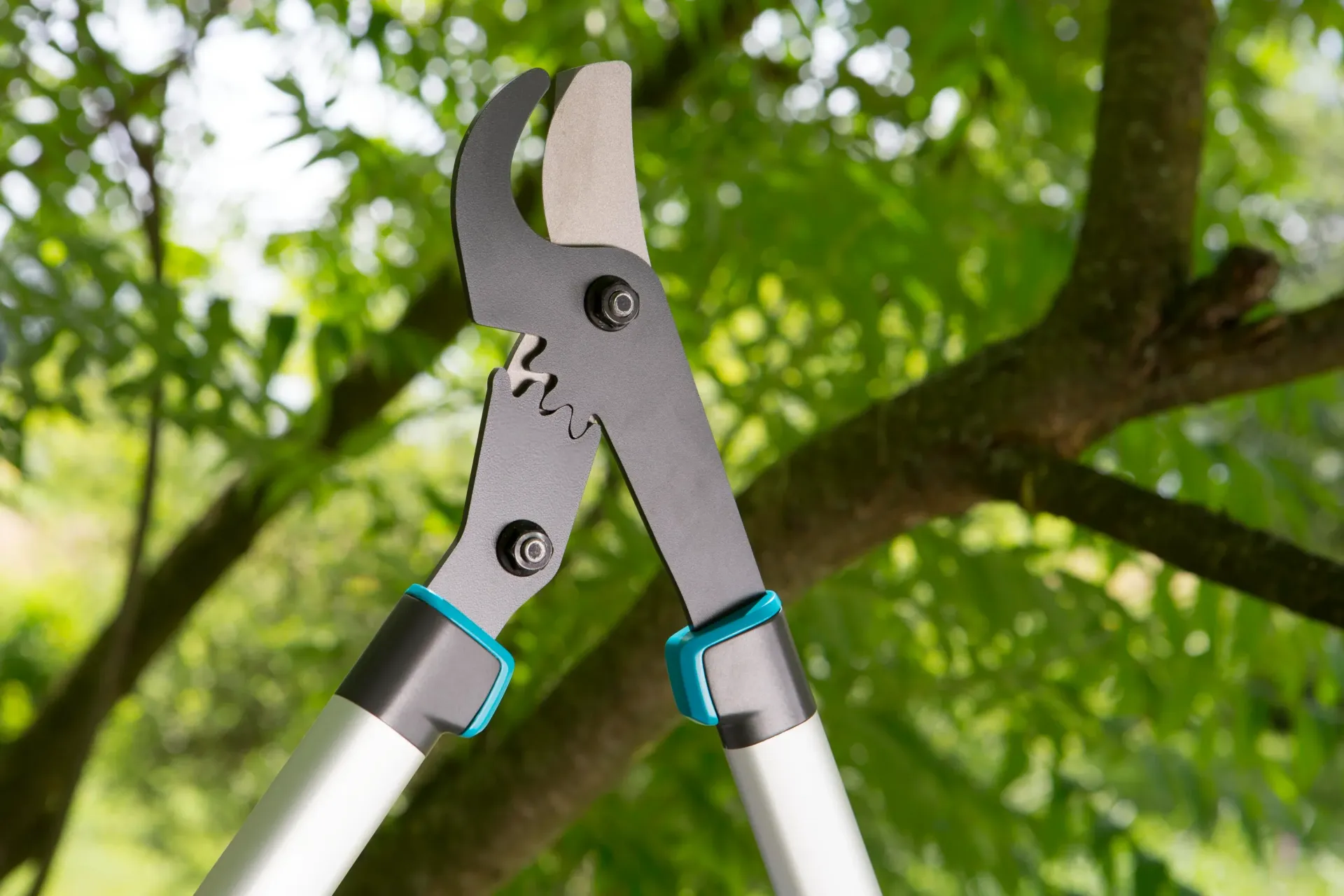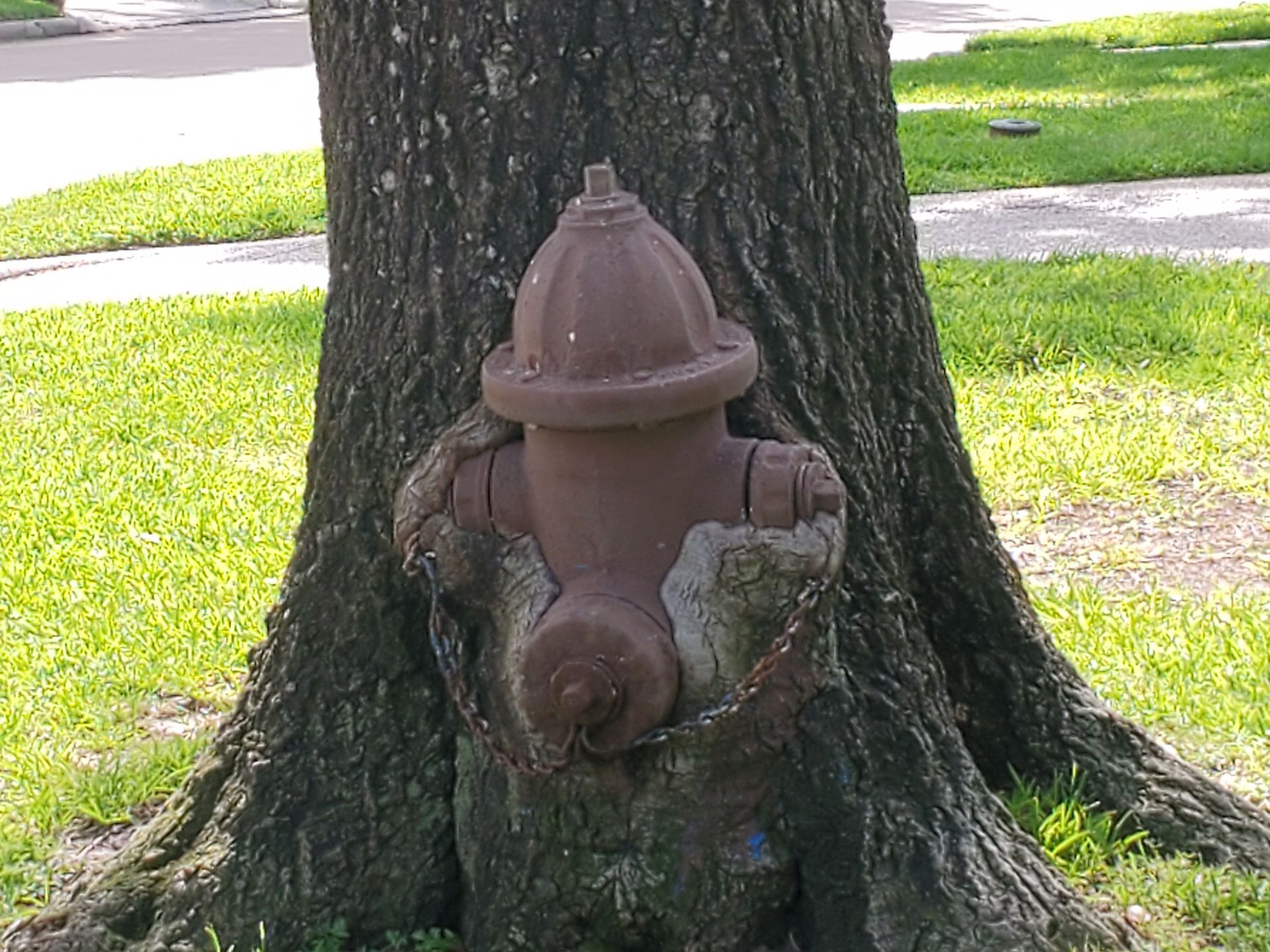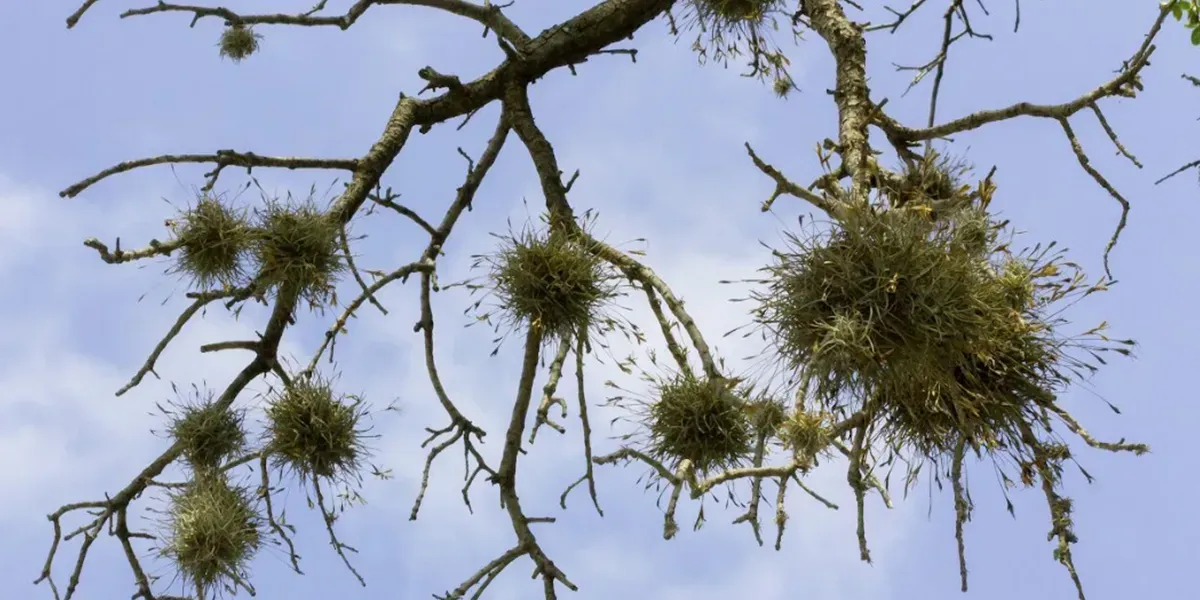Liriope’s Muse: Tree Care Tips from a Master Arborist
TRUSTED TREE CARE SERVICES SINCE 1970
Liriope’s Muse: How to Protect Tree Roots During Home Construction
The roots are arguably one of the most important part of the tree, they are responsible for the absorption of water and nutrients, storage of those nutrients and plant created foods(carbohydrates), anchorage of the tree, the production of essential growth hormones, soil stabilization, and more!
Construction wreaks havoc on trees, from soil compaction to chipped bark and broken branches, and as Erip Putnam BCMA says, “the moment the trees are not considered in the contruction plan, is the moment that tree is dead.” So it is essential to keep them in mind and protected during the whole construction project.
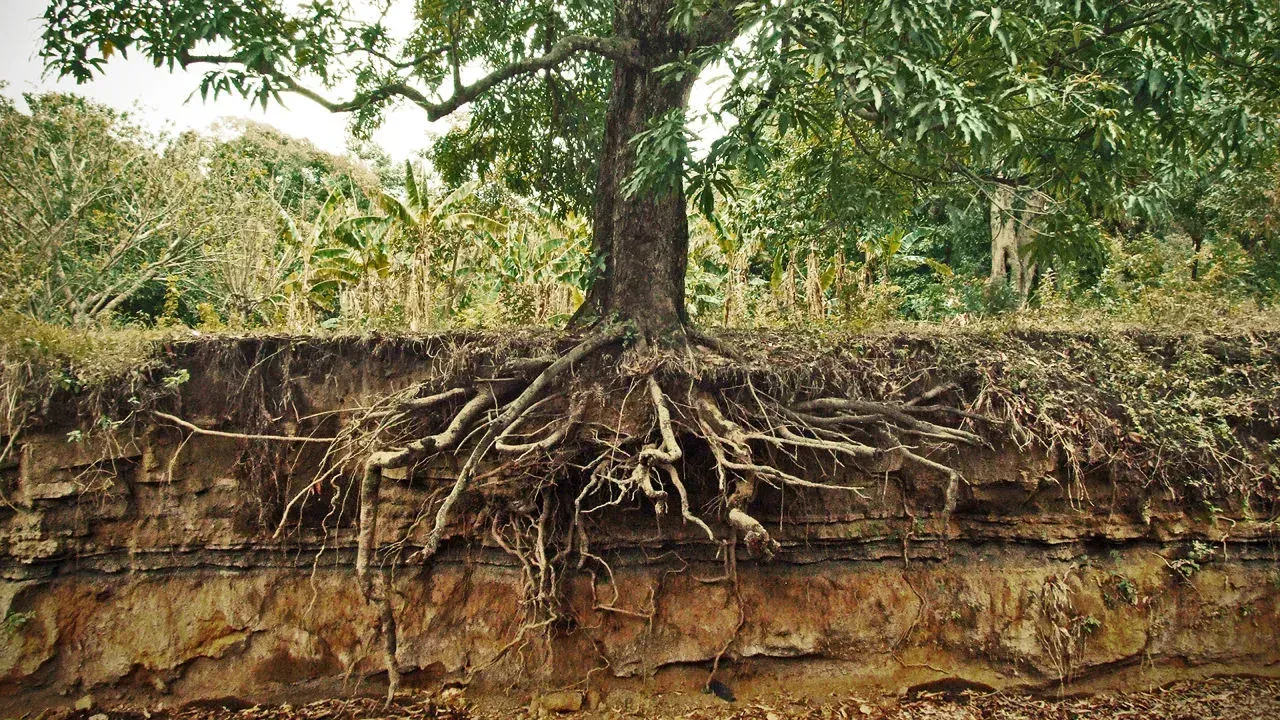
Know Your Tree
Before you can begin protecting your tree you must first understand it. The most important thing to know is where the Critical Root Zone(CRZ) is located. The CRZ is the area of soil around the tree that contains roots essential for the trees survival and health. It is essential to identify where your tree’s CRZ is before beginning construction as it will determine where the Root Protection Zone (RPZ) will be established. Typically without needing to do math, you can assume it’d be located just outside of the drip line* of the tree. However for a more accurate way to find the trees critical root zone radius, you can find the trees diameter at breast height (DBH) and convert every inch of diameter to a foot of radius. For example, a tree with a 17 in DBH trunk tree should have a RPZ with a diameter of at least 17 feet.
*What is the drip line? Imagine the canopy of your tree as an umbrella, you stand under it and remain dry as the rain runs off of the outer edges of the umbrella and drips strait down. The same principle applies to trees, the drip line is the invisible circle on the ground that matches the outermost reach of the tree's branches(just like the outermost edges of an umbrella). Ever notice how when standing under a tree in the rain it tends to be drier and rain less?
->Not sure where your trees drip line is? Test it out! Spray your trees canopy with water (or go outside after a good rain) and observe the outermost area where the water is dripping from the canopy, this is your trees dripline!
Establishing the Root Protection Zone (RPZ)
The RPZ must be established before beginning construction, it should be clearly outlined and everyone should keep out of this area at all times in order to ensure the safety of the tree. (This includes for equipment storage or even picnics in the shade!) At a bare minimum, the RPZ should be no smaller than the CRZ, however ideally it should extend out at least two to three of the trees canopy lengths.
Once, you’ve established how large you need to make your RPZ, you mark it out. You can do this using temporary fencing, stakes and bright rope, or sturdy posts that clearly define the boundary. If you are working on a large construction project, everyone who enters the construction site should be familiar with the Root Protection Zone and know to stay out of it. It is also recommended to erect signage around the RPZ to reinforce and remind the rules! A clearly marked RPZ not only prevents accidental damage but also sets a visible reminder that the tree’s health is part of the construction plan, not an afterthought.
Construction is a slow, silent, and fatal killer of trees, most trees do not present immediately to construction damage, it may take years. Often times, trees may not die solely from construction damage, rather the construction damage weakens the trees defense systems leaving them susceptible to pathogens, disease, and pest infestations that may ultimately kill the tree.
Have you had a recent construction project done in your yard and are concerned about your trees? Give us a call we’d be happy to come out for a free assessment to check out the health of your tree.
What can Eric Putnam BCMA do?
In the event of construction damage we will administer a biostimulant, our homeopathic tree fertilizer. The biostimulant will give your tree a boost in vitality giving it the extra push it needs to heal its outer wounds, reform new root connections and rebuild its root system. It adds organic matter back into the soil, breaks apart compacted soils at a molecular level and rearranges the soil particles creating greater poor space and decompacting the soils naturally without the use of air excavation devices or others that cause more harm than good. (more on this topic in next weeks blog?)
Liriope’s Muse - Expert Tree Care Tips
